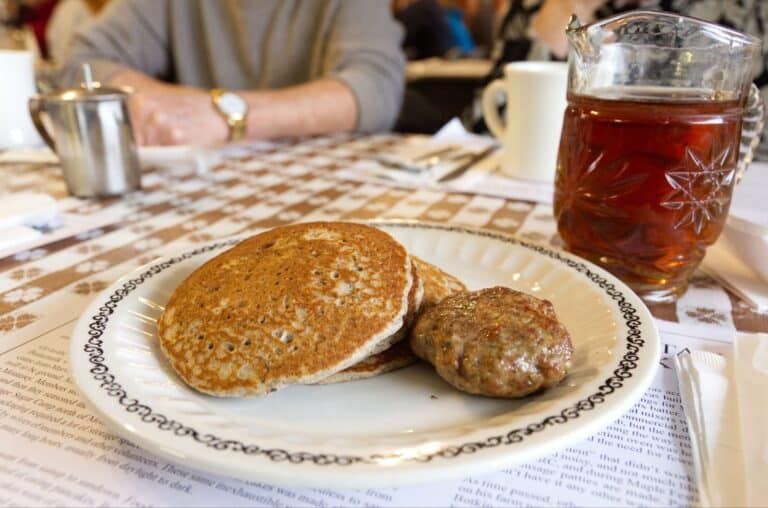Dear EarthTalk: A friend with many minor health problems recently switched to a diet of only raw plant foods and reports feeling much better. She also insists her new eating habits are better for the environment. Does this make sense or is the strange diet making her crazy? — Phil C., Reno, NV
A raw foods diet typically consists of unprocessed foods that are not heated above 115 degrees Fahrenheit so as to preserve nutrients otherwise lost during cooking. Proponents claim that besides losing weight and feeling more energetic, they are also avoiding the carcinogens introduced into foods by cooking and protecting the environment from drug- and chemical-dependent, water-wasting big-business agriculture.
Some people do short spurts on the raw diet to cleanse their system of toxins, while others maintain a majority raw diet but do eat some cooked or processed foods. Diabetics can especially benefit from a raw foods diet, as shown in the film Simply Raw, which documents the trials and tribulations of six diabetes sufferers who go on a raw foods diet for one month and effectively cure themselves of their disease.
While humans have been eating raw foods since they first began foraging for their sustenance, the diet really began to catch on in recent years when some high-profile celebrities began touting its health and weight maintenance benefits. Carol Alt, Woody Harrelson, Uma Thurman, Sting and Demi Moore are just a few of the big names who swear by the raw foods diet—and now upwards of 100 raw foods restaurants are in operation across the U.S. For a list of raw food eateries by state, check out the SoyStache website.
Most raw food devotees are vegans, that is, no animal products whatsoever but all the vegetables, sprouts and grains they can muster. Some do eat raw dairy, eggs and even meat—being careful to choose only the freshest stuff so as to avoid getting sick from bacterial contamination.
One shouldn’t embark on a raw foods diet without researching how to make a smooth transition and maintain a proper nutrient balance. Some people hire raw food coaches or consult with nutritionists to walk them through the transition or help them through a cleansing, while others do it themselves with help from friends, natural food store employees, and websites. The Best of Raw Food website, for example, has a plethora of information on how to make the transition. It lists replacement foods for first transitioning to and then maintaining a raw food diet, and provides a tutorial on how to gauge the safety of raw foods.
Those serious about going raw will need a good quality juicer, a blender or food processor, large glass containers to soak and sprout seeds, grains and beans, and mason jars for storing sprouts and other food. Dehydrators that blow air through food at less than 115 degrees Fahrenheit are also popular accessories.
There are some cautions to keep in mind. Cathy Wong of About.com warns that some people experience a detox reaction when transitioning, especially if their old diet was rich in meat, sugar and caffeine—but the negative effects (headaches, nausea, cravings) usually only last a few days. Also, she says, going raw is not advised for children, pregnant or nursing women, or those with anemia or at risk for osteoporosis.
CONTACTS: Simply Raw, www.rawfor30days.com; SoyStache, www.SoyStache.com; The Best of Raw Food, www.thebestofrawfood.com; About.com, www.altmedicine.about.com/od/popularhealthdiets/a/Raw_Food.htm.
SEND YOUR ENVIRONMENTAL QUESTIONS TO: EarthTalk®, c/o E – The Environmental Magazine, P.O. Box 5098, Westport, CT 06881; [email protected]. E is a nonprofit publication. Subscribe: www.emagazine.com/subscribe; Request a Free Trial Issue: www.emagazine.com/trial.







